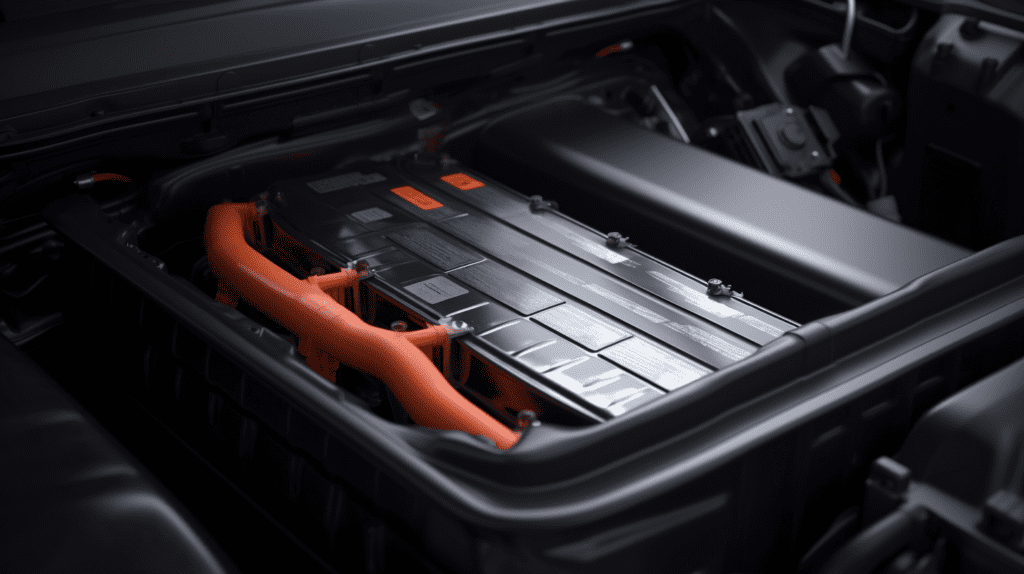Car batteries are made up of multiple cells, which are responsible for the voltage of the battery. The functionality and performance of a car battery heavily rely on these cells. However, when a cell dies, it can cause various issues and potentially leave you stranded. To prevent this, it’s essential to understand the symptoms, causes, and solutions for a dead cell in a car battery.

Symptoms of a Dead Cell in a Car Battery:
1. Slow-cranking: The starter cranks the engine slower than usual, indicating a lack of sufficient current flow due to a dead cell.
2. Demands: When starting the car, you may experience issues due to a dead cell, but the car runs fine when jump-started. Additionally, leaving the car off for some time drains the battery’s charge, resulting in multiple clicks when trying to start it again.
3. Recharging: A fully charged battery should read 12 volts or higher. If the voltage is below 10.5 volts, it indicates one or more dead cells, preventing the battery from holding a full charge.
4. Electronics: When the car is switched off, the battery powers various electrical components. If these components fail to work, it suggests a problem with the battery, potentially caused by a dead cell.
Causes of a Dead Cell in a Car Battery:
One of the main causes of a dead cell is the buildup of debris on the cell plates over time. This debris accumulates in the cavities at the bottom of the cell, eventually making contact with the bottom edge of the plates and shorting the cell.
Solutions for a Dead Cell in a Car Battery:
If you have a dead cell in your battery, there are steps you can take to potentially fix the issue and extend the battery’s lifespan:
1. Reconditioning: This process involves using Epsom salt and distilled water to dissolve the buildup on the cell plates. It requires goggles, rubber gloves, a screwdriver, battery charger, a plastic funnel, and a drill. The reconditioning process should be done in a well-ventilated area to avoid fire hazards. The battery is cleaned, the covers are removed, and the solution is added to the cells. The battery is then slowly charged for up to 24 hours.
Top 10 Questions and Answers Lithium Wholesale Buyers May Care Most:
1. How long does a lithium battery last?
2. What is the capacity of the lithium battery?
3. How do I properly store lithium batteries?
4. Can lithium batteries be recycled?
5. What safety precautions should I take when handling lithium batteries?
6. Are there any restrictions on shipping lithium batteries?
7. Can lithium batteries be used in extreme temperatures?
8. How do I determine the right size and type of lithium battery for my application?
9. What is the warranty on lithium batteries?
10. Are there any specific maintenance requirements for lithium batteries?



